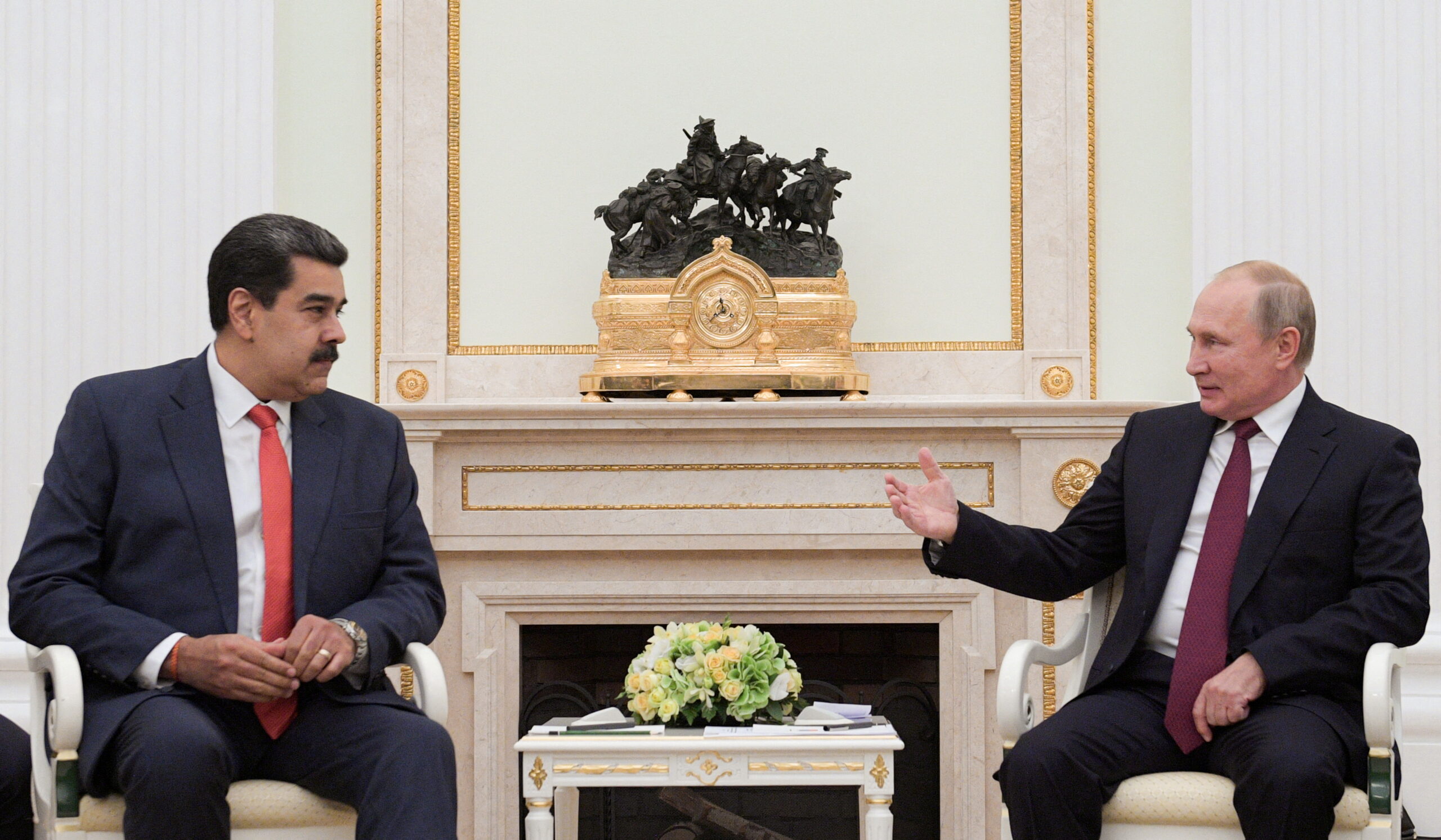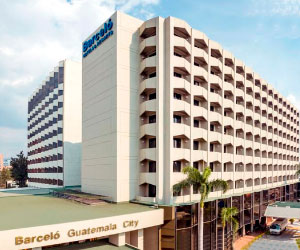Fund official says region can play a role in alleviating commodity shortages caused by Russia’s invasión
Latin America can help ease some of the food, metal and energy shortages created by Russia’s war in Ukraine, but the region will only benefit fully if it embraces reforms and promotes social inclusion, a top IMF official said.
Russia and Ukraine are among the world’s top grain exporters. Russia is also a key supplier of oil, gas, metals and fertiliser. The war in Ukraine and the sanctions applied by western nations to punish Moscow have led to sharp jumps in global food and fuel prices and sent companies scurrying for alternative sources of supply.
“You have a shock where you lack commodities, food commodities and energy and also metals, there is a food security issue and [Latin America] is seen as the one that will help us overcome the problems,” Ilan Goldfajn, director of the fund’s western hemisphere department, told the Financial Times in an interview this week.
“You will export food, you do have water, you do have land. If you have fertilisers — and that’s something the countries are working on — then you can expand commodities [output].”
Latin America, he added, was “seen by investors as sufficiently far from the centre so that it looks like . . . this region can actually be part of the solution”.
This explained why the region’s currencies had been appreciating and stock markets rising this year despite the US starting to raise interest rates — something that would normally weigh on investor sentiment.
However, if the region is to take full advantage of the opportunity to supply a greater share of the world’s commodities, its governments need to embrace long-delayed reforms to boost productivity, increase competition, improve education, create a fairer tax system and address deep-seated inequality, Goldfajn said.
Low growth continues to blight Latin America. The region bounced back quickly from the coronavirus crisis last year, but its economies are now slowing sharply as central banks raise rates aggressively to contain inflation. Brazil’s central bank has been among the world’s most hawkish, pushing borrowing costs up to 11.75 per cent, nearly six times last year’s level.
Despite the risk that higher interest rates will choke off the recovery, Goldfajn said central banks had little choice.
“There are actually no options but… first and foremost, to take care of stability, which is a necessary condition for growth… not to allow inflation just to spiral,” he said, adding that central banks had been “quite successful” in convincing investors and the public they were serious about bringing prices under control.
The additional pressure on inflation from Russia’s invasion of Ukraine meant that Latin America’s central banks were re-evaluating whether they needed to raise rates further. “They don’t have the luxury of just waiting and seeing . . . for this shock to go [away] by itself.”
The region struggled with high inflation in the 1980s and early 1990s but the situation improved after central banks in most of the large economies were granted autonomy. The biggest exception is Argentina, which already had one of the world’s highest inflation rates before the latest shocks. Its latest data show prices are spiralling at 55 per cent a year, which could jeopardise a recent agreement with the IMF to refinance $44bn of loans.
Goldfajn said the agreement with Buenos Aires, which was only finalised last month, was now under review to address the new challenges posed by the global shocks “and the objective is to prioritise policies in order to fulfil existing objectives and targets”.
The fund is also continuing discussions with El Salvador about a possible loan agreement, but Goldfajn said the country’s adoption last year of bitcoin as legal tender was “an important issue” that “will need to be sorted out before next steps”. The IMF has called on El Salvador to abandon the use of bitcoin as legal tender because of the cryptocurrency’s volatility.
The combination of accelerating inflation and higher interest rates means growth in Latin America is now forecast to be just 2.5 per cent this year and next, according to the IMF’s latest projections. This is below every other emerging market region except eastern Europe.
The region is one of the world’s most unequal, and protests against inequality and exclusion have swept its countries in recent years. Goldfajn said governments needed to learn to combine effective action to target poverty and inequality with structural reforms.
“We need to address social issues,” he said. “So social programmes need to be there to protect the vulnerable. You can do it without giving up on the reforms and increased productivity. I firmly believe that those things are not inconsistent, to be able to attend to the demands for social opportunity and social justice, gender equality, cleaner energy and at the same time address the reforms we are talking about.” (https://www.ft.com/content/c8d99c75-0a6e-4613-99b8-64dc05f6f6ea)

































